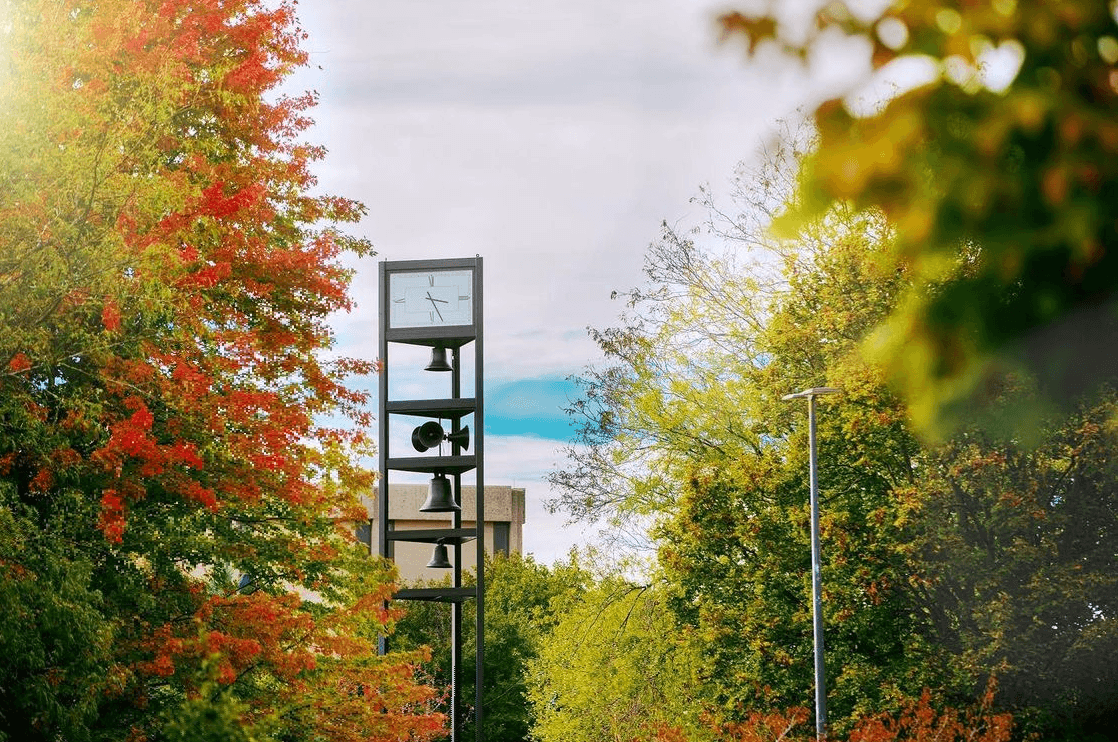What is the next step?
Explore Educational Opportunities at BGSU
Learn more about Native American histories and cultures through BGSU coursework and programs. When searching for events and/or scheduling classes, look for Native American speakers and topics. Search courses offered by departments such as Ethnic Studies, History, English, and Theater & Film. Also consider researching Native and Indigenous topics for class assignments.
- Lecture Series: In the Round
- Native American Creatives LibGuide
- ACS 2500 LibGuide: Cultural Pluralism: Native Americans
- HIST 2210 LibGuide: North American Indigenous Peoples
Education Beyond BGSU
Educating and/or re-educating oneself concerning Native American histories and contemporary issues facing Tribal Nations is an important step towards understanding and action. And while histories are significant, it is important to remember that Native Americans are NOT relics of or in the past. There are 574 federally-recognized tribes in the United States, 63 state-recognized tribes, and many tribes that are unrecognized. Awareness of the everyday presence and contributions of Indigenous peoples situates all of us within the spaces we work and live.
Below are resources that provide crucial information and insights to Native American histories, cultures, worldviews, and activism in Ohio and throughout the US.
- “The Forgotten History of Ohio’s Indigenous Peoples,” MIDSTORY, Jessie Walton (BGSU Alumnus, ’21), July 16, 2020.
- Black Swamp Intertribal Foundation, Jamie Oxendine (Director and BGSU alumnus)
- American Indian Movement of Ohio
- Cleveland American Indian Movement
- Myaamia Center
- Miami Nation of Indians of the State of Indiana
- Miami Tribe of Oklahoma
- Kickapoo of Kansas
- Kickapoo Traditional Tribe of Texas
- Kickapoo Tribe of Oklahoma
- Ottawa Tribe of Oklahoma
- Little Traverse Bay Band of Odawa Indians
- Grand Traverse Band of Ottawa and Chippewa Indians
- Little River Band of Ottawa Indians
- Wyandotte Nation
- Pokagon Band of Potawatomi
- Citizen Potawatomi Nation
- Forest County Potawatomi
- Hannahville Indian Community
- Match-E-Be-Wash-She-Wish Band of Pottawatomi Indians (Gun Lake Tribe)
- Nottawaseppi Huron Band of the Potawatomi
- Prairie Band of Potawatomi Nation
- Guide to Indigenous Land and Territorial Acknowledgements for Cultural Institutions
- “Are You Planning to do a Land Acknowledgement?” by Debbie Reese, American Indians in Children’s Literature (updated October 30, 2016)
- “Why Give a Indigenous Land Acknowledgement (and How to make It Matter)” by Cheryl Crazy Bull, American Indian College Fund (December 4, 2020)
- Acknowledging Native Land is a Step Against Indigenous Erasure. Insight into Diversity. Mariah Stewart, December 19, 2019.
- “OPINION: Land acknowledgments fall short in honoring Indigenous people” by Summer Wilkie, Cherokee Phoenix (February 6, 2021)
- “Recognizing Place: Indigenous Land Acknowledgements” by Alexander Cotnoir, Audubon Vermont (July 15, 2021)
- HONOR NATIVE LAND: A Guide and Call to Acknowledgement, U.S. Department of Arts & Culture.
- #HONORNATIVELAND (video), U.S. Department of Arts and Culture, (October 3, 2017)
- “Acknowledging Native Homelands,” by Christine DeLucia (2020)
Updated: 06/01/2022 11:49AM

